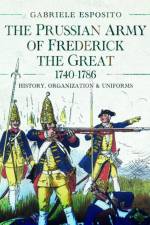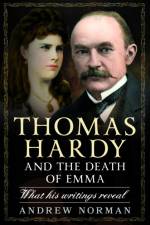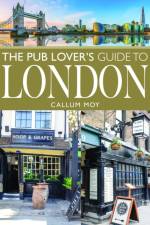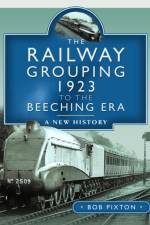av Peter Sikora
367
Polish fighter pilots were crucial to RAF operations from 1939 to 1945, fighting valiantly across Europe, North Africa, and beyond.From the first combat over Poland in 1939, until Bomber Command's assault on Hitler's alpine retreat at Berchtesgaden in April 1945, when the red and white marked Mustangs escorted the bombers on their way to the target, there was no major RAF aerial operation undertaken in Europe without the involvement of Polish fighter squadrons and pilots.As well as mounting offensive sorties from the UK, Polish fighter squadrons fought in North Africa in 1943, where they added to their already formidable reputation. Some Polish airmen were even posted to the US Air Force, again proving themselves in battle.Polish fighter pilots operated over the Normandy beaches in support of the D-Day landings in June 1944. Some of the Polish squadrons were then deployed across the Channel to France, from where they undertook dangerous dive-bombing missions, while their colleagues in Britain chased the much-feared V1 flying bombs.The last Polish claims were made in April 1945, when a number of the Luftwaffe's technically-advanced Messerschmitt Me 262 jets were destroyed in a dog fight by Nos. 306 and 309 Polish squadrons. These victories marked the end of the journey that started almost six years earlier.After claiming a total of 748 enemy aircraft destroyed under British and American command, Polish fighter pilots gained a reputation for being loyal and fearsome warriors, who sacrificed nearly 550 of their own men, killed in action, wounded, missing, or captured, while fighting for the freedom that their countrymen would not enjoy for many decades.Polish fighter pilots fought in the skies from the very first day of the war until its last. As well as seeing action in Western Europe, they fought in Italy, North Africa and in Asia. The last PAF airman was killed in action on 4 May 1945. He was a fighter pilot of No. 317 (City of Wilno) Squadron. While his Spitfire was going down, not only Wilno, but the rest of Poland, was being absorbed into the Soviet Union. He died for a cause that was already lost. Nevertheless, the achievements of the Polish squadrons, man for man, rank amongst the highest of the Allied nations.






























